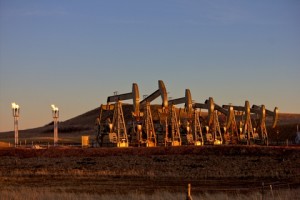In a show of optimism, Abraxas Petroleum announced that it has purchased additional land in the Bakken region and plans to increase drilling by later in 2015.
Related: Abraxas Reports Best Year on Record
The San Antonio-based company recently bought an interest in 210 acres of property in the Bakken Shale in North Dakota and will be seeking regulatory approval from the NDIC to control the acreage. This will pave the way for the Abraxas to add another 15 Bakken and Three Forks wells to the company’s inventory. Abraxas’ activity in the Williston Basin includes the Jore 5H, Jore 6H, Jore 7H and Jore 8H wells in McKenzie County, where the company hopes to begin fracturing in late May.
“Bob Watson, President and CEO of Abraxas, commented“The acquisition of additional Bakken interests directly plays into our strategy of acquiring interests at a reasonable cost that will provide future development in our core areas. Each operated unit we are able to successfully acquire adds approximately two years of inventory for our Company owned drilling rig and substantial potential reserves. We will continue to search for similar opportunities that will allow us to further consolidate our interests in our core regions in the currently distressed environment.”
Abraxas released 2015 first quarter production numbers showing an average of approximately 6,590 boepd (4,475 barrels of oil per day, 8,871 mcf of natural gas per day, 637 barrels of NGLs per day). The company reports that gas processing constraints in the Bakken negatively impacted production volumes.
Crude prices increased to $67 a barrel today, reaching a 2015 high after prices plummetted in the fall.
Read more at abraxaspetroleum.com
© Benjaminlately | Eight Well Pad Pump Jack With Flares Photo





